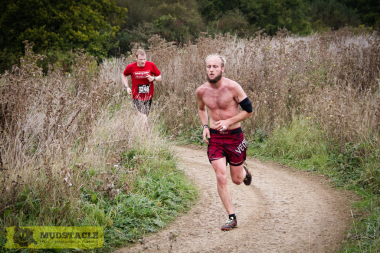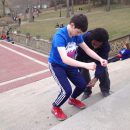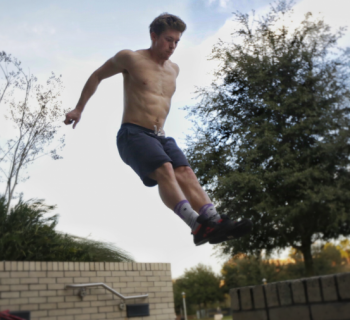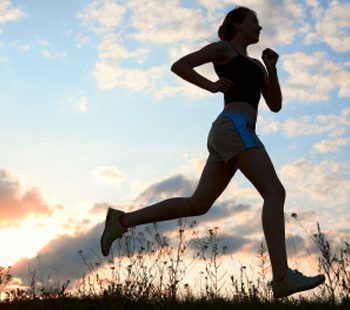Running is a key factor in the tracuers' practice and in realizing so, we as athletes train hard at other aspects other than our vaults, flips and jumps. This is one of the most important aspects. With this component locked down, we run faster, and work harder. It helps with bigger jumps along with our forms in anything requiring a run up. And you can never run enough! So get up and get out to work on some cardio.
Here are some tips for beginners on running:
---------------
Running is a very healthy exercise. It is an excellent way of staying healthy and fit. It is one of the best and simplest physical activities. But remember that running can result in injuries. It is important to be very careful so that you can avoid any possible injuries. Many precautionary measures can help in preventing injuries while running.
Here are some useful tips that you can use for injury-free running.
Run on Different Surfaces
It is not advisable to run on the same surface continuously. Try running on a variety of surfaces and terrain. Regularly switch between hard, soft, smooth, and bumpy surfaces. It will help in avoiding injury as it will make the leg muscles stronger. The strength of the muscles increase, with different surfaces, comes a variety of foot movement. Using the same muscles by running on just one surface will overstrain them.
Cross Training
Running is a pretty intensive type of workout, so it is better to cross train rather than to run every single day of the week. You can cross train between running and cycling. It will make sure that the muscles do not overstrain. Using different muscles will make the legs stronger and decrease the chances of injury.
Strength Training
Common running injuries can be avoided by dedicating some time to strength training. Start with the exercises which are for muscles of the lower leg. You can then move on to theknee exercises, calf raises, Achilles and strengthening of the foot. Also, include exercises for upper body strength to create proper balance. Include core exercises like hamstrings and quadriceps as well. All these activities are crucial for making the muscles robust and lesser prone to injuries while running.
Choosing the Right Running Shoes
Always run wearing the right running shoes. Not wearing proper footwear while running can cause a lot of injuries. These shoes are designed to endure the hardships of running, and they keep the feet safe and comfortable. If you are not wearing the right shoes, it can cause serious injuries like plantar fasciitis. It is very common injury among runners, and it can be prevented by wearing the right running shoes made especially for plantar fasciitis.
Tracking the Mileage of Shoes
For damage-free running, make sure that the running shoes are in good condition. Using worn out shoes can cause a lot of problems. It can cause a lot of pain in the knees, hips and ankles. Shoes have a lifespan, you can keep track of the condition of the shoes by keeping an eye on their mileage. It is a good idea to buy new shoes after three hundred to five hundred miles. It varies with every individual. If a person is lightweight, the shoes can survive a mileage of five hundred miles, but if a person is a heavyweight, then it may survive just three hundred miles.
Staying Light on Feet
It is important to adopt the right running technique to avoid injury. Try to maintain a healthy weight. It will help in preventing Achilles problems, strains, sore knee ligaments, and other injuries. Running is also an excellent way of losing weight and maintaining it. Less weight means less strain on leg muscles and low chance of harm.
Appropriate Running Diet
Diet is also an important factor in preventing running injuries. Calcium is crucial for the health and strength of bones. It helps in avoiding stress fractures. The foods that are rich in proteins are suitable for repairing sore muscles. A good diet is fuel for your body, and it is important that this fuel can provide you adequate strength and energy.
Keep Hydrated
Hydration is critical. It keeps the muscles from cramping and prevents injury. Being dehydrated on the run can result in depletion of electrolytes. The muscles need potassium to relax after contraction. If the potassium levels are decreased because of dehydration, it will increase the chances of cramping of hamstrings, quads, and calves.
Featured photo credit: 9 Injury Free Running Techniques for Beginners via mudstacle.com
The post 9 Injury-Free Running Techniques for Beginners appeared first on Lifehack.







